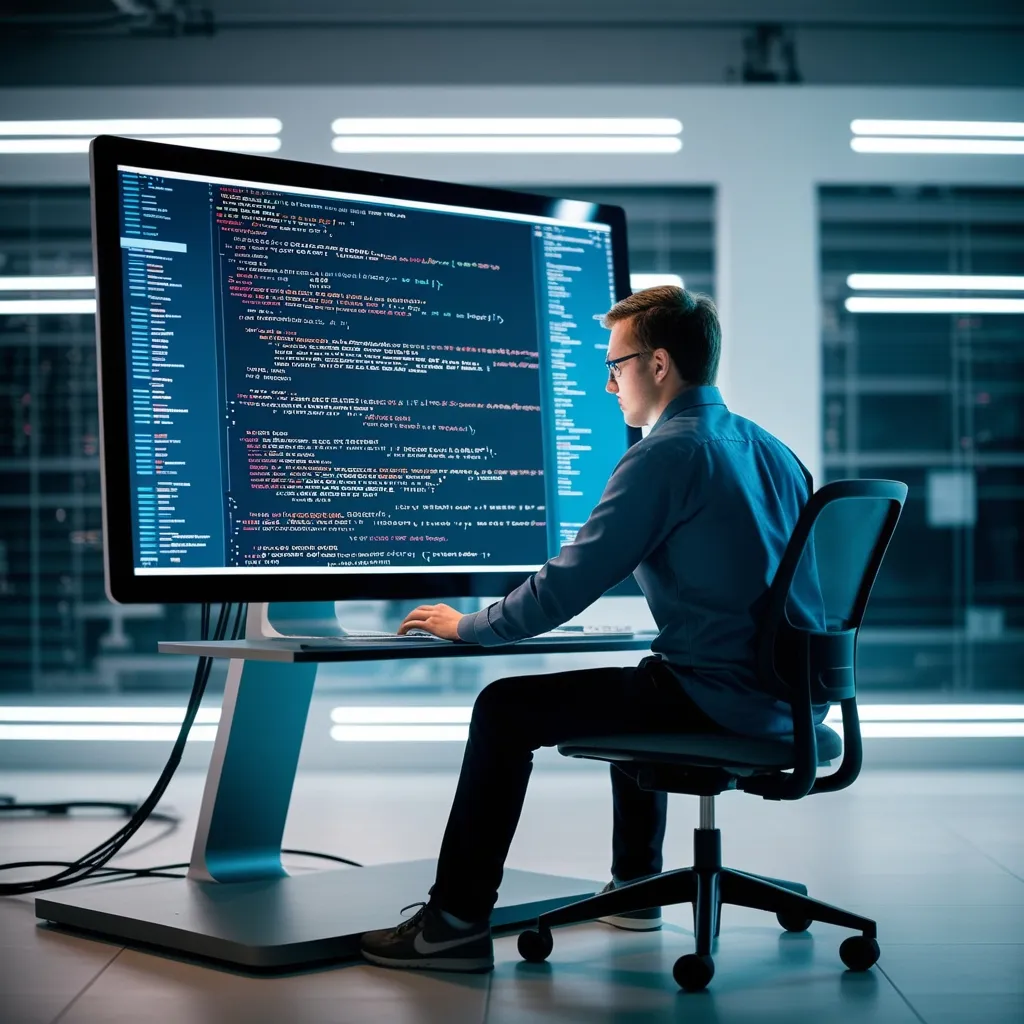When it comes to keeping Docker containers in check, it’s all about understanding how to monitor, maintain, and protect your containerized applications effectively. As Docker becomes more and more integral to DevOps, getting this right isn’t just a good idea—it’s essential. Imagine it like maintaining a vintage car; regular checks can save you from those dreaded unexpected breakdowns. Here’s a friendly guide to diving into the world of Docker container monitoring.
Why Bother Monitoring Docker Containers?
Keeping an eye on Docker containers is like being the watchdog for your applications. It’s about smoothing out performance wrinkles before they become headaches. Real-time monitoring lets you track metrics early and catch issues that might otherwise be silent until they scream at production. Plus, monitoring makes the world a safer place—or at least your digital world. By always being in the loop, you can safely tweak and tune without worrying about random fires popping up. The end goal? A slicker performance and a happier user experience.
The Quirky Challenges of Docker Monitoring
Picture this: Docker containers are like those mysterious flash mob dances. They’re dynamic, fleeting, and can pop up anywhere. Traditional monitoring tools like Cacti and Nagios work well for regular gigs. Still, containers’ unique, portable magic makes them a bit slippery unless you pimp those tools with specific tweaks. But don’t worry, mastering this dance just takes some different moves.
The Key Metrics to Keep an Eye On
With Docker, it’s crucial to keep tabs on certain metrics. CPU and memory usage give insight into resource hog roles each container might be playing. Memory is gold, folks, and nobody wants a single container gulping it all down, leaving others dry. Network and Disk I/O metrics? Those show you who’s chatting and who’s storing. Then there are logs—the Sherlock Holmes of app behavior. Logs help piece together puzzles when things go strangely awry, with Docker containers jazzing it up through stderr and stdout streams.
The Right Toolbox for Monitoring Docker Containers
Thankfully, there’s a toolbox full of neat gadgets for keeping tabs on those containers:
Open-Source Wonders:
-
cAdvisor keeps it light and full of detail about resource usage. It flows well with Docker and often pals up with Prometheus and Grafana for extra flair.
-
Prometheus is like your data-collecting bestie, scooping up time-series data for thorough back-and-forth analysis. While Kubernetes is its usual haunt, it fits like a glove with Docker too.
-
Grafana isn’t about monitoring per se but shines in visualizing data. When paired with Prometheus, it’s the visual extravaganza you never knew you needed.
Proprietary Powerhouses:
-
AppOptics, for instance, is like a precision scalpel, cutting into data usage and setting up alerts when things swing out of bounds.
-
Sematext captures metrics like a seasoned photographer—clear, detailed, and ready for a slideshow.
-
New Relic offers all-in-one performance analytics, tracing, and logging. It’s like wrapping a comfy blanket of insights around your applications.
Log Management Basics
Logs, those digital footprints, need proper handling. Docker streams these through stderr and stdout, which should be gently nudged towards a centralized system. How? Docker’s different logging drivers come to the rescue, each fit to steer logs towards their happy home, be it a JSON file or syslog server.
Then there’s the option for a dedicated logging container like Mezmo, which, by plugging into the Docker host’s socket file, turns into the eavesdropper you actually want, managing logs effortlessly.
Observability Metrics – Watching the Action in Real-Time
Observability metrics beef up logs with context for your performance analysis. Telegraf jumps in here as a versatile agent, thanks to its plugin magic, ready to collect and send off custom metrics.
Some Best Practices to Keep It All Together
Automate service discovery to dodge manual chases after those ephemeral containers. Pick monitoring tools that cover the whole gamut—from app performance and infrastructure metrics to security nuances. Resource limit setting is your way of guaranteeing fair play in the CPU and memory game. Centralizing logs isn’t a chore but an opportunity for clarity. And finally, do set up alerts—because prevention is a whole lot better than cure.
Wrapping It Up
Docker containers might give off the vibe of chaos, but in reality, they can be managed with the right techniques. Tracking critical metrics and managing logs can ensure not just functionality but security. The key lies in choosing the right tools and practices to create a compound effect of efficiency and insight. Embrace automation, take control over resources, and make those alerts work for you. Turning Docker monitoring from a task into an intuitive process is both attainable and rewarding, leading to a seamless application landscape.
